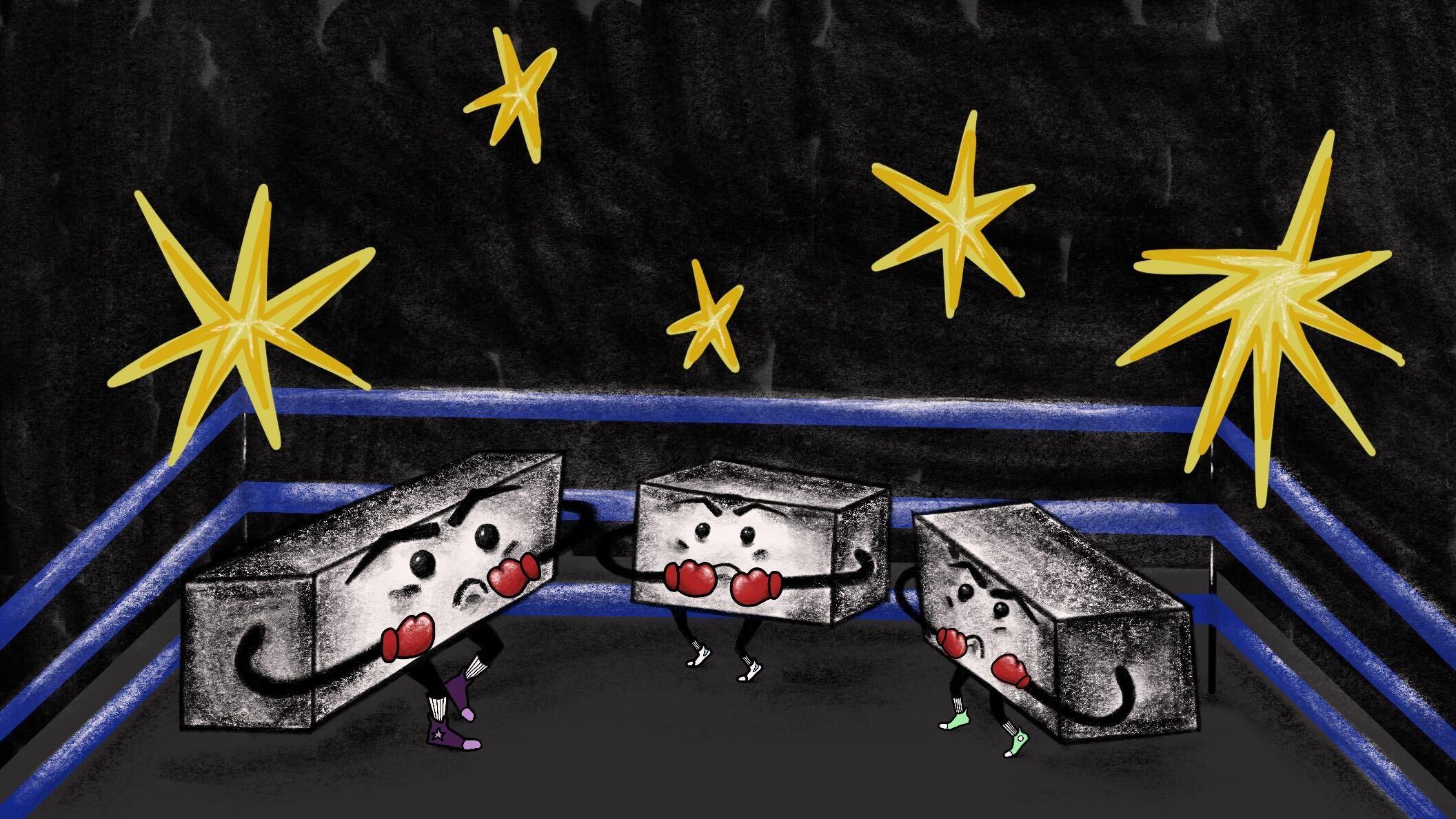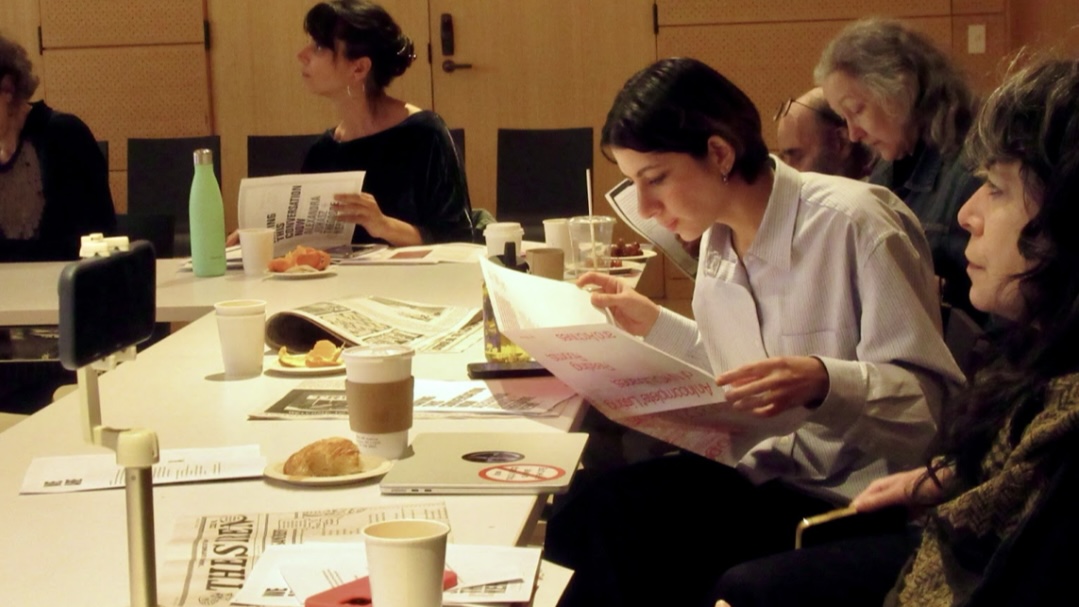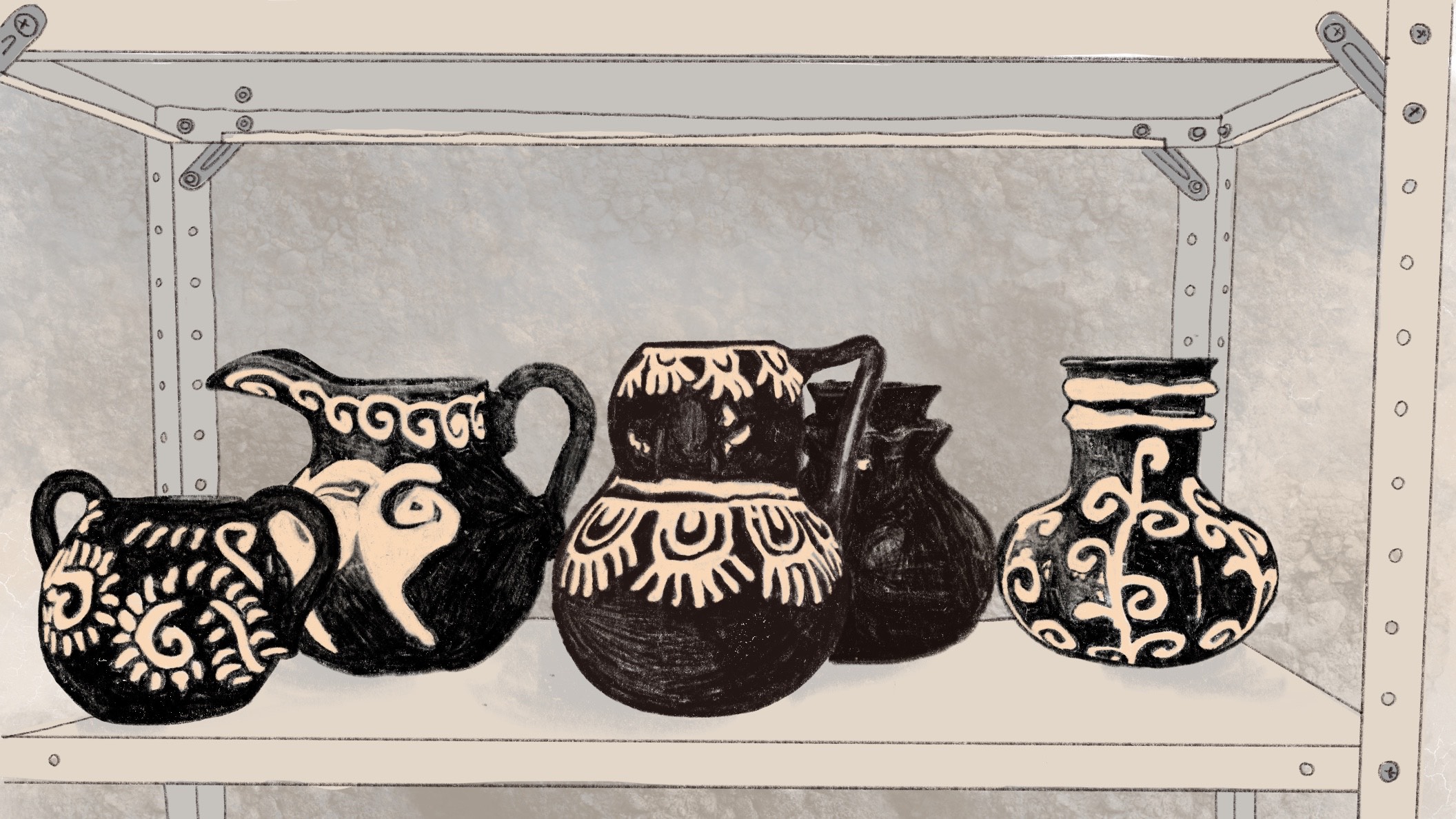They say a picture is worth a thousand words…but are all those words spelled right, grammatically correct, and actually making sense? You might want to check that. Today, in the NSFP’s Copy Team’s exclusive series, you have a front-row seat to the hyphen, en dash, and em dash, duking it out in the grammar arena.
Salutations, readers – writers, too.
Oh, I’m sorry, did that dash throw you off? Same here. While this could be a tribute to the queen of dashes herself, Emily Dickinson, we are not endorsing her as your punctuation president. Just because a text or author is a “classic” doesn’t mean you have to imitate them word for word, or in this case, dash for dash.
And for those of you who are unfamiliar with Dickinson or her penchant for a page full of dashes, we’d recommend some light reading — and no, we’re not talking about a grammar manual (though that wouldn’t hurt either). As the keepers of punctuation here at The New School Free Press, we encourage you to use dashes creatively and responsibly.
Before we get into the guidelines, let’s invite the missing person to this party. The hyphen! We are NOT saying that a hyphen is a dash, but it does often get misidentified as one and could be thought of as being in the same family (like a short cousin).
Now we’re a party of three. Em dash, en dash, and the hyphen. What’s the difference? Good question.
Hyphens (-) join two or more words together to form compound words (check-in), link prefixes (ex-boyfriend), and indicate double-digit numbers (thirty-seven). Using a hyphen gives new meaning to the combined term. However, don’t just connect any two words with a hyphen and assign your own meaning to them. Hyphens most commonly form compound words for clarity, when it’s clearer to understand multiple words as a unit.
We can use the word “check-in” as an example. “Check” on its own has a variety of different meanings. It could be the short form of a checkmark, “check” as in reviewing something, or a clothing pattern. But when it joins “in” to become “check-in,” we now know that it’s referring to getting in contact with someone. It would be very different if someone was told to check in there versus check-in there. The unhyphenated term implies that someone should look in “there” for something, while the hyphenated term implies a more specific action, possibly meaning that “there” is a hotel.
While hyphens are simple and subtle guests, em dashes are the drama queens at this party, yelling “look at me!” Em dashes (—) set off extra words or phrases, including additional examples, descriptions, or supplemental facts. They’re similar to how you would use parentheses or a set of commas. What makes them different is how much more disruptive they are, emphasizing the importance of the information provided. We like to think they’re the more creative choice.
A prime example of a sentence with the em dash is, “While I was shopping — wandering aimlessly up and down the aisles, actually — I ran into an old friend.” The phrase in between the em dashes specifies what the subject was doing while they were shopping, supplying us with more information.
Last but not least, is the en dash. En dashes (–) are mainly used to show ranges in numerical information. The dash is the length of the letter N, like how the em dash is the length of the letter M. You might see en dashes in essays, citations, or creative writing but rarely in journalism. For example, when citing page numbers, you could use an en dash, “pages 45–79,” rather than using the word “to” and saying “pages 45 to 79.” Either way, both are grammatically correct.
Now that we have definitions out of the way, here are four things to keep in mind when utilizing these forms of punctuation.
- Check your style guide
All style guides are different, so it’s important to know which ones say what, especially regarding dashes and hyphens. Starting with AP style, the stylebook that keeps en dashes off the guestlist. Sorry en dash, but you are not invited to this party. Hyphens are preferred for numerical ranges according to the AP Stylebook. As for em dashes, be sure to put spaces on either side of them!
Unlike AP, MLA uses all three (hyphens, em dashes, and en dashes), and you will likely see both en and em dashes in the works cited section. Another key difference is that MLA does not put spaces around the em dash. The same rules apply to Chicago and APA.
- Be consistent
Once you’ve picked your style guide, stick to it! In other words, be sure not to accidentally drop an en dash in your AP style article or neglect those spaces around the em dash. Note that em dashes can be achieved by typing three hyphens together in Google Docs (this is different in Word); try not to fall prey to accidentally using an en dash (typing two hyphens) for some time as the NSFP did…
In terms of creative writing, either strictly choose the em dash or the en dash, or have a clear intent for using one over the other in certain circumstances (rhythm, perhaps). Inconsistency makes you look ignorant, thus making your writing a major turn-off.
- Choose your own style — responsibly
We’ll just preface this by saying that it’s okay to write short sentences. It can be tempting to get wordy and descriptive, but something short and simple can get the point across just as effectively. If you’re writing an article or anything that’s more journalistic, keep it concise. However, if you’re experimenting with something more creative, be intentional with dashes if you choose to use them. If you’re creating your own compound word, ask yourself if it enhances clarity as well as strengthens a craft choice (voice, tone, rhythm).
And remember, like exclamation marks, dashes lose effect the more you use them.
- Look words up in the dictionary!
If you think you’re missing a hyphen, double-check your dictionary of choice. We’re fans of Merriam-Webster. And if you don’t have a dictionary handy, ask yourself if the word is a compound. Compound words are two words that come together as a single word and can be verbs, nouns, or adjectives. Most compound words are open, for example, “common sense,” or closed, for example, “everybody.” Some compound words, however, are hyphenated. So look them up!
Punctuation isn’t decorative. It’s a tool to help convey accurate information. Em dashes, en dashes, and hyphens each serve specific purposes that, when used correctly, clarify intent, enhance creative effect, and guide readers through complex sentences. You can get lost in Emily Dickinson’s poetry all day long in your Lang classes, but that doesn’t mean you should do the same to your readers. Take it from the NSFP Copy Team: be purposeful with your punctuation.








Leave a Reply